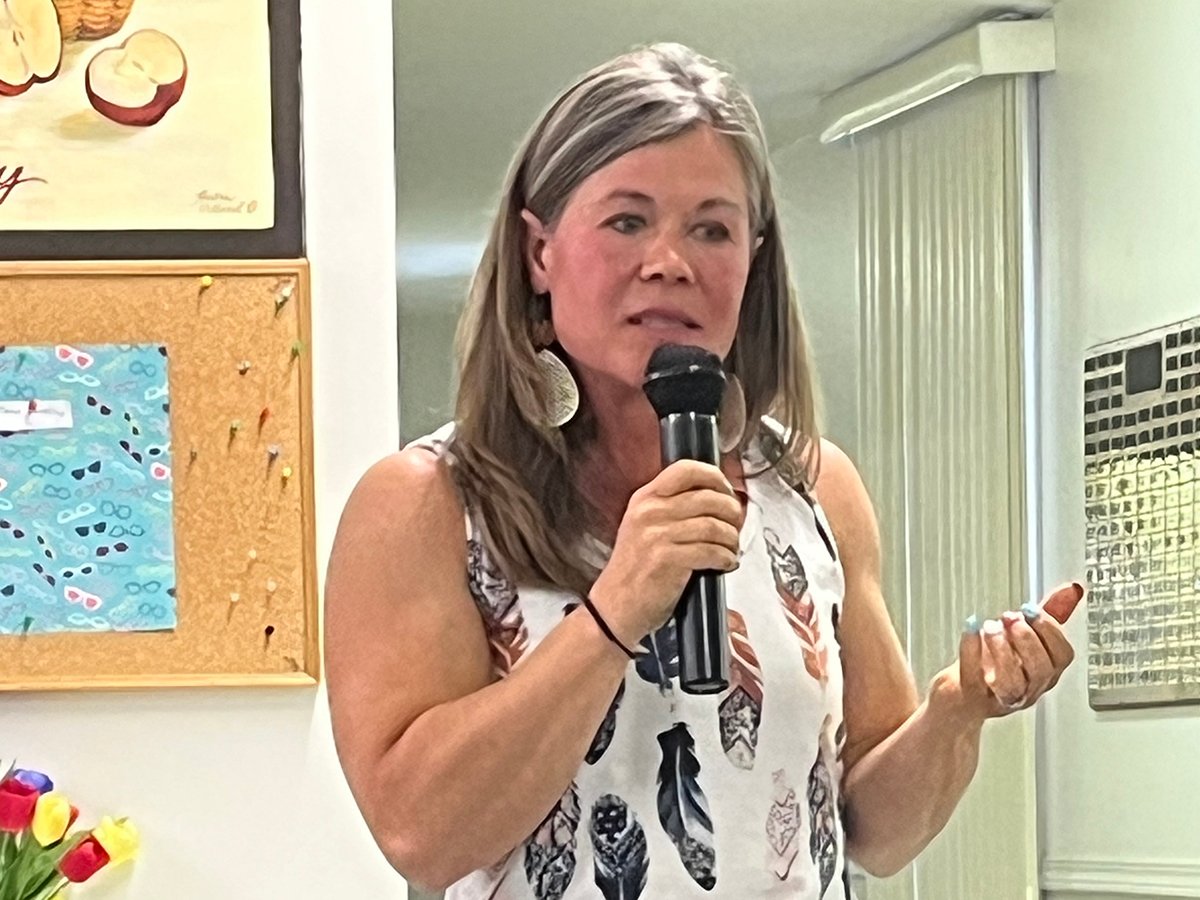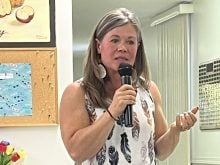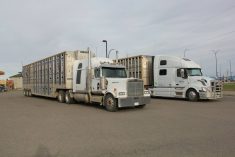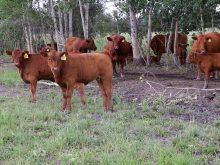RED DEER – Just released nutrition guidelines from the National Research Council will improve horse diets, says one equine specialist.
Bob Coleman, equine specialist from the University of Kentucky, praised the new document, which is an update since 1989 when the last guide was released.
A major change is in the nutrient requirement area where feeding recommendations are based on the body weight of the horse rather than class of animal placed on a maintenance diet. Individual care is emphasized over herd care.
“We know that all horses at maintenance are not the same,” said Coleman at the recent Alberta horse breeders conference in Red Deer.
Read Also

Petition launched over grazing lease controversy
Battle continues between the need for generation of tax revenue from irrigation and the preservation of native grasslands in southern Alberta rural municipality.
“There are some unique feeding situations that are unique to the horse. Horses are different than cows,” he said.
It has also refined the nutrient needs according to physiology, such as feeding the pregnant mare and the growing fetus throughout the course of gestation, as well as feeding during lactation.
It covers requirements for the skinny, average and fat horse.
“This is a refinement that is really positive,” he said.
The guide also covers carbohydrates, feed types, processing and feeding behaviour of horses, donkeys and equine animals kept in zoos.
Energy and crude protein needs based on dry matter intake are altered, but trace mineral requirements for supplements like zinc, copper, iodine and manganese have not changed. Under the old system, when energy or protein amounts were changed, the trace mineral levels automatically changed and the horse may have received too much.
The council provided a web-based information program to help calculate requirements of individual horses.
Other new sections talk about managing the nutrition needs of horses with common health complaints like ulcers, colic, heaves and developmental orthopedic disease in young horses.
There is also a section about the differing requirements of horses depending on whether they have a light workload such as those used for recreational riding, moderate work like show horses or heavy work such as ranch or polo horses.















